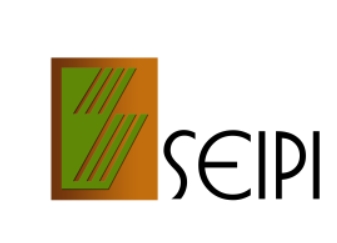The Semiconductor and Electronics Industry in the Philippines Foundation Inc. (SEIPI) said that as chair of the ASEAN Summit 2026, the Philippines should take advantage of this opportunity to open the discussion on semiconductors and electronics.
SEIPI President Dan Lachica emphasized this in a speech at the PASIAWORLD 2025 Supply Chain Conference on Thursday, Nov. 13, where he tackled the global value chain issues hounding the domestic semiconductor and electronics industry, the country’s largest dollar earner.
Lachica noted that the Philippines has 20 international association partners from 10 countries, which are encouraging the country to lead and open an agenda for semiconductor activities during its hosting of the ASEAN 2026 Summit.
He also pointed out that the global electronics industry continues to be hounded by several issues affecting globalized industry operations.
For instance, he cited the state of the U.S. Chips Act, which provided USD500 million for its six trading partners, including the Philippines, to improve their testing capabilities toward advanced assembly testing. Unfortunately, the USD500 million allocation under the law was scrapped on Trump’s order.
Another troubling factor is the lack of at least a laboratory-level wafer fabrication facility in the country that could help strengthen the domestic industry’s capability and move it up the global value chain into more advanced assembly testing operations.
The industry’s proposal for the government to invest in a proposed USD10 million wafer fab facility under the IC Design Roadmap to develop talent had been turned down for lack of funding.
The absence of a wafer fab could cause the industry to remain focused on legacy products and miss out on high-tech innovative products.
In addition, he blamed the CREATE law for causing USD1.6 billion worth of potential investments to instead go to Vietnam, which offers very competitive incentives to foreign investors.
Also, the Philippines received less favorable tariff treatment from the U.S., although Lachica said that the U.S. tariff policy is still an evolving issue. For now, the industry’s exports to the U.S. remain zero duty based on the ITA WTO deal, but he also emphasized that the reciprocal tariffs imposed by the U.S. at varying rates on its trading partners are on top of the base tariffs per export item. The Philippines has been slapped with a 17 percent reciprocal tariff on its exports to the U.S. This means the country’s electronics exports may not enjoy duty-free entry status in the U.S.
For now, he said, the country’s electronics sector remains stable and is even expected to post growth this year, higher than the group’s original flat growth forecast.
As of September this year, the industry’s exports had already reached USD36 billion. The U.S. accounts for 15 percent of the country’s electronics exports.
At this rate, Lachica expressed confidence that the projected flat growth for the year might be surpassed or even exceed last year’s numbers. “There’s a good chance that we may exceed last year’s numbers. I’m optimistic that we’ll see recovery,” he said.
At its height, the industry’s exports reached USD49.5 billion, but they contracted by three percent in 2022 and six percent in 2024. In 2024, Philippine electronics exports were valued at approximately USD39.64 billion, a decrease of 5.63 percent from 2023, according to SEIPI, which aligns with Philippine Statistics Authority data.
“The Philippines must act now; ensure ease of doing business; align with APAC supply chain goals, and move up value chain to secure its place in the evolving global trade landscape,” Lachica concluded.




